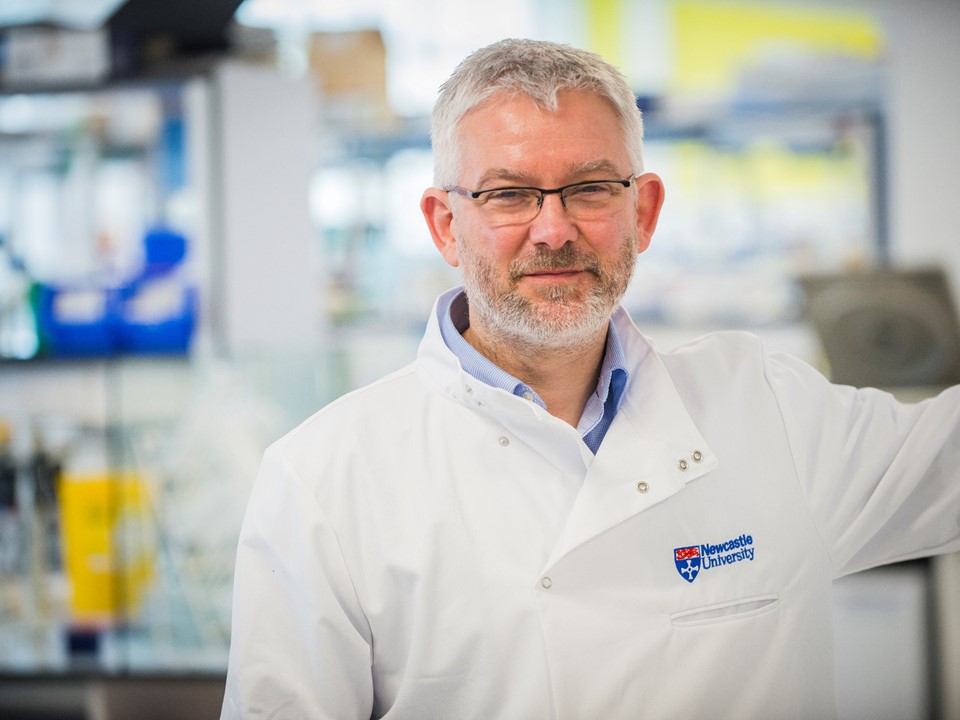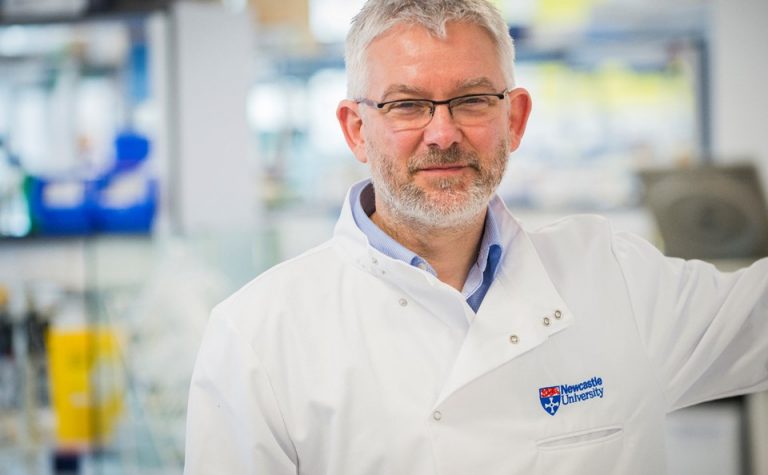What have been some of the major findings of the INSTINCT programme to date? One of the key findings has been in relapsed
medulloblastoma – the most common high grade childhood
brain tumour. We have found common genetic changes that arise at relapse which can be used to predict tumour growth after relapse, so treatment can be more tailored in the future. For high-grade glioma, we have discovered a drug combination to target two gene mutations in this disease, which we believe may only occur in children. We’ve recently completed a study of 1000 childhood gliomas to understand their genetic basis and identify key subgroups of tumours on which we can focus the development of new therapies. Using tumour biopsies, we have examined the biological characteristics of primary atypical teratoid rhabdoid tumours (ATRT). Rhabdoid cells have also been grown in the lab and studied for weaknesses to new medicines. We’ve managed to achieve this by using viruses to artificially modulate a key mutation in rhabdoid cells and see how it causes tumours to grow. By finding these weaknesses, we can now test more targeted drugs and aim to bring these into clinical practice, if they are safe and effective. We’ve also assembles a large group of rare tumour biopsies, sourced from hospitals across the UK, and have started analysing tumour samples at the cellular level to find any similarities between them. We have studied a large number of infant gliomas, many of which appear to represent a completely different type of tumour compared to older children.

